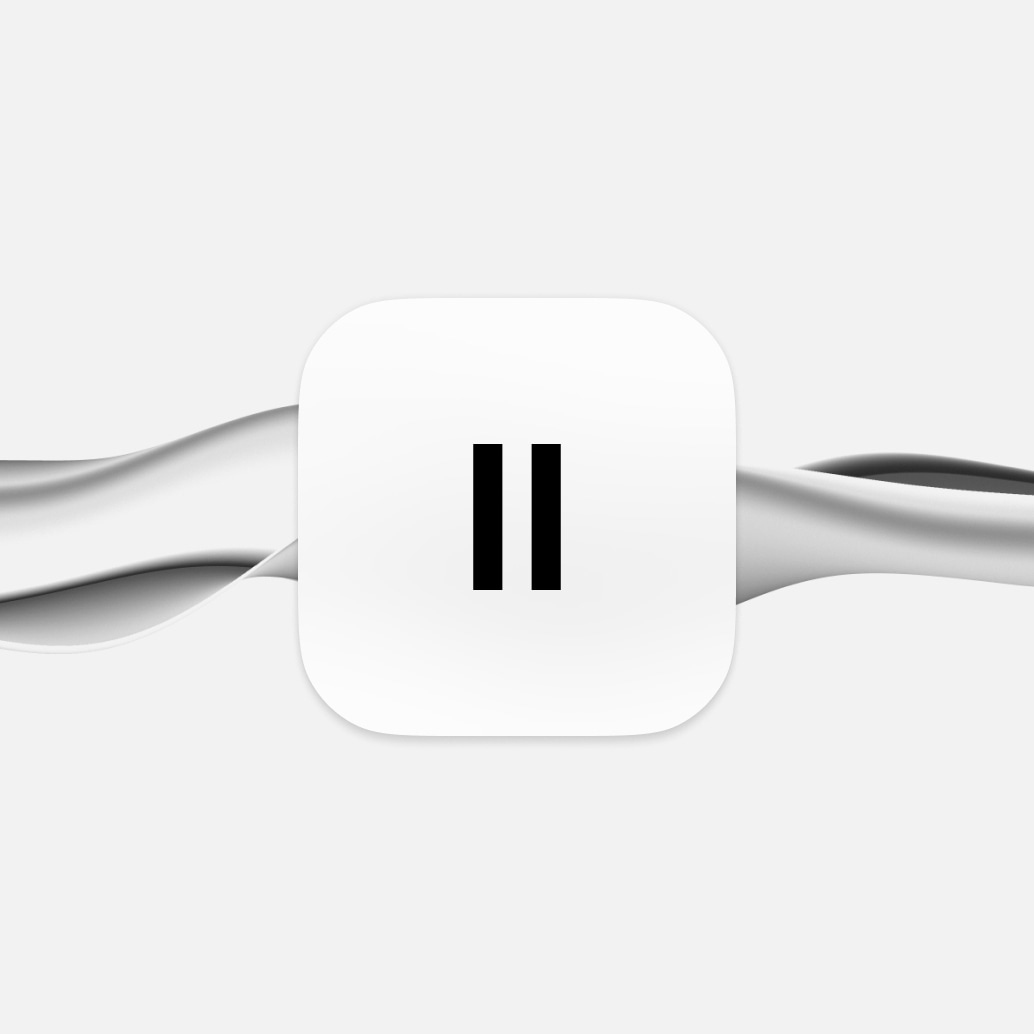It's a Saturday morning, and Jenna discovers an issue with her bank account. Instead of enduring the stress of waiting until Monday, she finds resolution through her bank's chatbot, an advanced application capable of text interaction and endowed with voice cloning and speech synthesis for a more human-like conversation.
Jenna’s problem gets solved within moments, illustrating the transformative power of text-to-speech chatbots in modern businesses, providing around-the-clock service and immediate, personalized responses.
Beyond customer service, the development of chatbots marks a broader change. They're not just automated tools but strategic assets driving efficiency, cutting costs, and fostering customer loyalty through more natural interactions.
Curious about how advancements like voice cloning in chatbots can propel your business into the future? Read on to explore their expansive potential and understand why they're fast becoming essential to the digital business landscape.
Summary
- Exploring chatbot development: Learn how chatbots, designed to simulate conversations, transform user engagement.
- The making of chatbots: Unveil the critical steps from inception to deployment of effective chatbots.
- Boons of chatbots: Recognize chatbots' extensive benefits, from constant availability to insightful customer data.
- Looking ahead: Anticipate the transformative potential of chatbots with integrated TTS, reshaping various industries.
- ElevenLabs' expertise: See how ElevenLabs leads with advanced AI, multilingual capabilities, and a spectrum of voices, perfect for crafting advanced chatbots.
Definition: what is a chatbot
A chatbot is a sophisticated computer program designed to mimic human conversation. While not all chatbots utilize AI, modern models increasingly employ advanced AI techniques like natural language processing (NLP) to interpret user queries and generate automated but intelligent responses.
Today's chatbots can be divided into two primary types: Task-oriented and data-driven/predictive.
1. Task-oriented chatbots
Task-oriented or declarative chatbots are designed for precision and focus on singular tasks. They use predefined rules and basic natural language processing (NLP) to generate automated, conversational replies to user queries.
Their interaction framework is structured and limited, ideal for straightforward requests or everyday activities, making them a great fit for customer service settings.
2. Data-driven/predictive chatbots
Data-driven/predictive chatbots – often referred to as digital or virtual assistants – offer a more sophisticated interaction experience. To personalize responses, they utilize natural language understanding (NLU), NLP, and machine learning (ML).
By analyzing user data and behavior, they cannot only respond but anticipate needs, providing tailored suggestions and autonomously initiating conversations. Well-known examples include Siri and Alexa.
Why need a chatbot for your business: top 5 reasons
Clearly, the chatbot market is booming, and businesses of all sizes are wise to capitalize on its potential. Statistics show that the chatbot market is projected to hit 1.25 billion U.S. dollars by 2025 - a substantial increase from 190.8 million in 2016, as reported by Statista.
This remarkable growth highlights these virtual assistants' value and efficiency to organizations across industries. Here are five reasons why your business should consider leveraging this powerful technology:
1. 24/7 Customer service excellence
Chatbots provide immediate, round-the-clock support, resolving queries efficiently and improving customer satisfaction. Their constant availability and instant response time set a new standard for customer service excellence.
2. Valuable customer insights
Beyond mere interaction, chatbots are a goldmine of critical customer data, presenting nuanced insights into consumer preferences and behaviors. This trove of information is a game-changer, empowering businesses to refine their strategies and meet customer needs with precision. Here's a glimpse at the kind of customer data chatbots can proficiently gather:
- Specific product or service inquiries or feedback,
- Frequently asked questions or everyday concerns,
- Purchasing patterns and history,
- Customer satisfaction levels or frustration points,
- Preferred communication channels or times,
- Browsing behavior and interaction time,
- Personal preferences or dislikes,
- Repeat visit patterns,
- Abandoned cart instances,
- Responses to new products or promotions, and more.
This rich data facilitates a more personalized user experience and helps companies in predictive analysis, strategic planning, product development, and customer relationship management. Chatbots, in this sense, are not just tools for communication but also comprehensive business intelligence.
3. Operational efficiency
Chatbots relieve the burden on human staff by handling routine inquiries, allowing teams to focus on complex tasks. This harmony between AI and human intelligence optimizes operations and enhances overall productivity.
4. Cost-effective resource management
Chatbots offer substantial savings by automating customer service interactions and reducing labor costs. Long-term financial benefits and resource optimization outweigh the initial investment in chatbot technology.
5. Enhanced user engagement
Chatbots keep users engaged through personalized and interactive conversations, fostering a deeper connection with the brand. This improved engagement is crucial for customer retention and brand advocacy.
Incorporating chatbots is a strategic move towards sustainable growth, offering benefits that ripple across customer service, operational efficiency, financial management, and customer engagement. Their integration is vital for businesses aiming to stay competitive and responsive in an ever-evolving digital landscape.
Steps to develop and implement a chatbot
Embarking on implementing a chatbot for your business involves a series of strategic steps, ensuring the end product resonates with your brand voice and enhances user experience. Here’s a step-by-step guide to navigating this process.
1. Identifying the ideal chatbot type
Are you looking for a simple, task-oriented bot for customer queries, or do you need a more sophisticated AI-driven assistant capable of learning and personalizing responses? Your decision will influence your chatbot's complexity, cost, and development time.
2. Pinpointing the communication channel
Where do your customers interact with your business the most? Identifying the most impactful communication channel — your website, social media, or an app. This ensures your chatbot is easily accessible and improves user engagement.
3. Selecting a technology stack
You'll need to choose a technology stack based on your chatbot's intended capabilities. This includes a programming language, development frameworks, and AI technologies like natural language processing (NLP) or machine learning algorithms, if necessary.
4. Crafting the conversation
Designing your chatbot's conversational flow requires a deep understanding of your customers’ needs. This step involves scripting responses and defining a conversation strategy that reflects your brand’s tone and personality.
5. Choosing a voice generator
Incorporating a voice generator is essential for elevating the interactivity and charm of your chatbot. ElevenLabs offers unparalleled solutions, delivering naturalness and emotion with remarkable finesse - making interactions more human-like and captivating. The technology not only synthesizes speech but also infuses life into conversations, creating an incredibly relatable and rich user experience.





